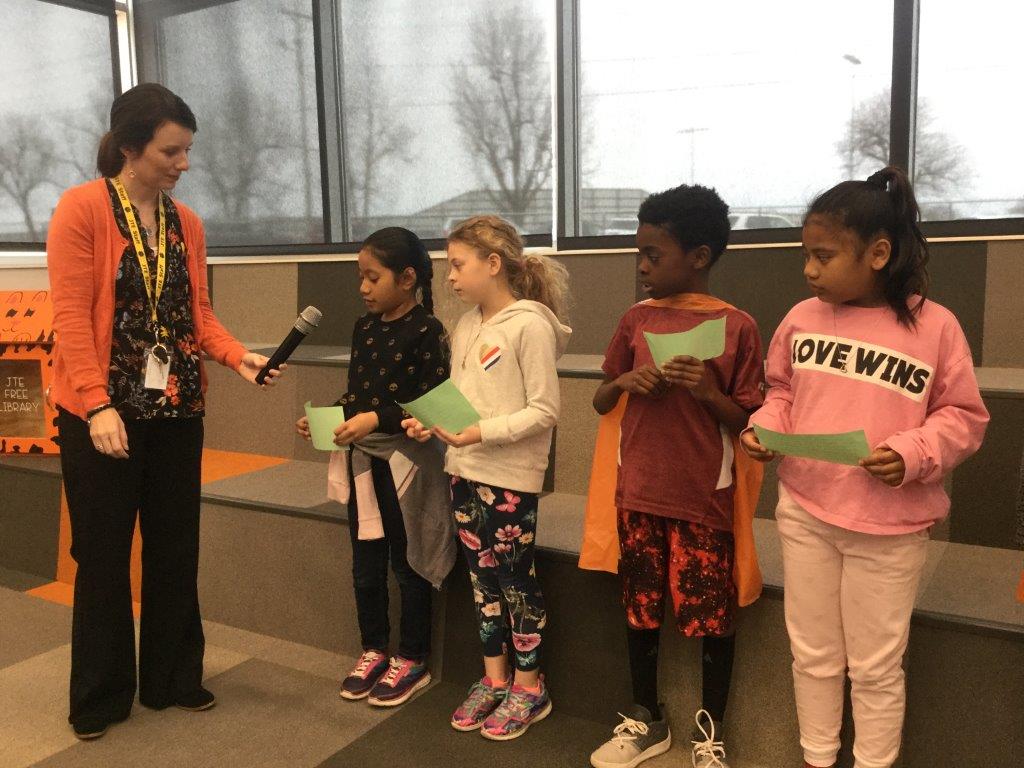Learner-Driven
Equity
WHY IS THIS CRITICAL?
Every student deserves access to opportunities and experiences that support them in reaching their full potential. In equitable school systems, all students are supported and have ownership of their education and the skills to pursue learning at any point in their lives. All students are a part of an inclusive community of learning that leads to mastery. To further equity, schools actively interrupt inequitable practices, examine bias, and create an inclusive environment.
WHAT BARRIERS NEED TO BE REMOVED AND WHAT STRATEGIES NEED TO BE IN PLACE TO SUPPORT AND EMPOWER THE SUCCESS OF ALL LEARNERS?

Self-reflection Guide
-
FOUNDATIONAL
Data guides inquiry as the school begins to work with staff, leaders, families, students, and community members to identify inequities and consider root causes. A commitment for all students to progress toward readiness for college, career, and life is developing, as existing beliefs and school culture are examined. HRSC The existing use of resources and other barriers to student learning and student access are investigated and honest dialogue allows barriers to be removed, resources to be used more equitably, and access to be improved. Opportunities for anytime, anywhere learning, including the infrastructure and resources needed to support it, are investigated to improve access to high-quality digital devices, applications, and content that students can use as learning resources.
-
DEVELOPING
HRSC Ongoing reviews of data inform the school's commitment to equity. All stakeholders have the capacity to deeply understand and influence barriers to access and equity faced by students' families and the community. Student empowerment toward agency, their access to challenging and meaningful learning experiences, and the resources needed to support them is a part of the school culture and commitment to equity. This commitment is improving learning for all students. Curriculum, courses, interventions, and other educational options are unlocked. Opportunities for anytime, anywhere learning and associated resources are provided to improve equity of access to high-quality digital devices, applications, and content that students can use as learning resources.
-
SUSTAINING
The school's commitment to equity is clear across all data patterns. Stakeholders, including student learners (agency) expect to be actively involved in the school's commitment to equity through innovative solutions to remove barriers for all students. HRSC Ongoing and systematic examination of resources sustains equitable practices and charts a path of continuous improvement. The school is a model for overcoming barriers, using resources, and student equity across the state. Curriculum, courses, interventions, programs, and educational options are expanded to the community and readily available. A culture of digital innovation and digital infrastructure deepen and expand learning opportunities for all students, increasing access and improving equity.
What might I consider?
- What strategies need to be in place to serve all students, particularly historically underserved students?
- How might we create an inclusive community of learning that leads to mastery of learning expectations for all students?
- What formal and informal inequitable practices might we need to interrupt?
Where might I start?
Where might I start? Engage your team in a self-reflection on the critical attribute: Equity
Explore Equity LEARNER-DRIVENUsed with permission. From Handbook for High Reliability Schools™: The Next Step in School Reform by Robert J. Marzano, Philip B. Warrick, and Julia A. Simms. Copyright 2014 by Marzano Research, 555 North Morton Street, Bloomington, IN 47404, 800.733.6786, www.marzanoresearch.com
